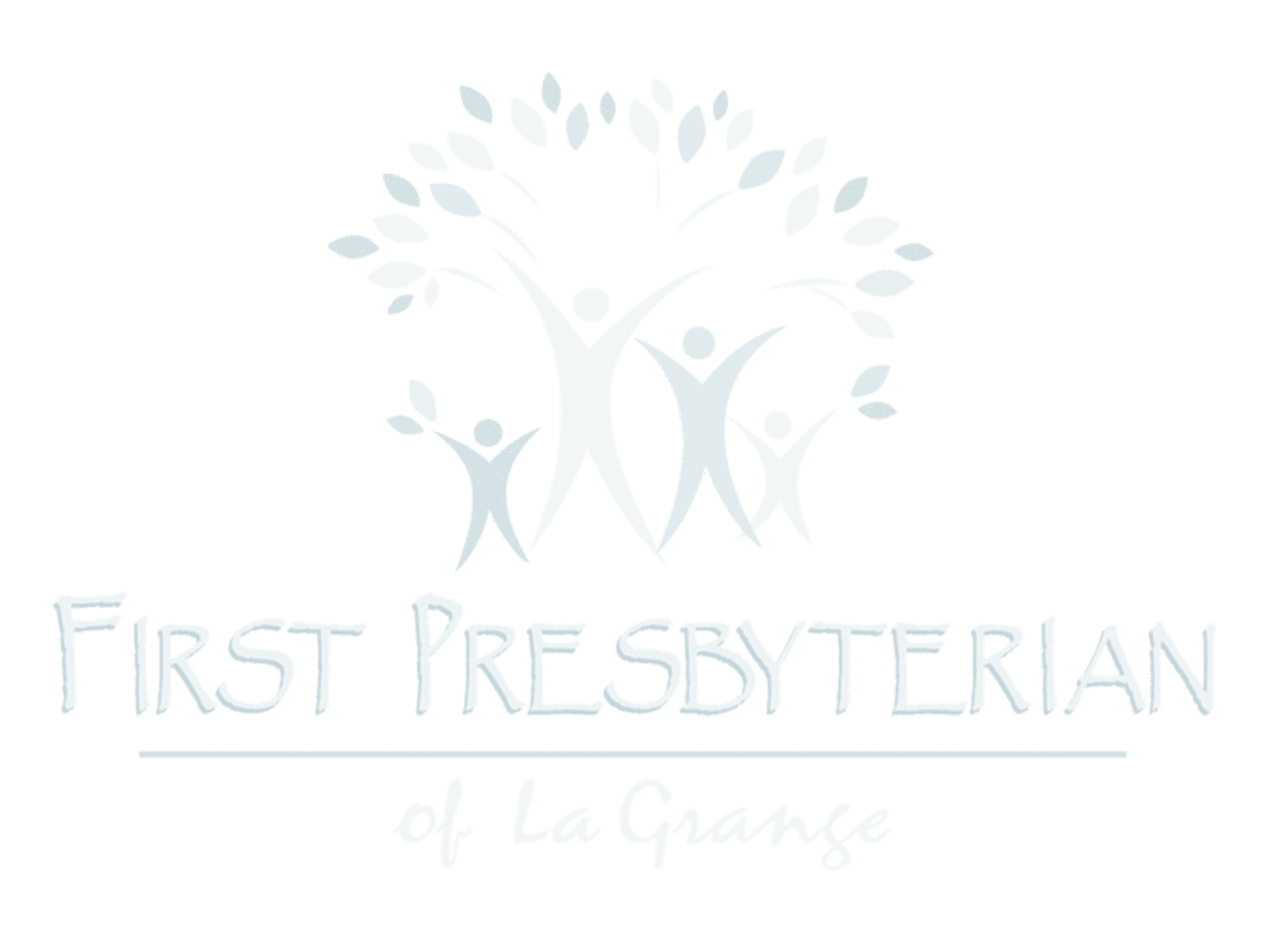Dear Thrill Ride Avoiders:
There is a chain of lakes tucked away in the northwest corner of Iowa known as the Iowa Great Lakes. Central to this formation are East and West Okoboji Lakes. Although shallower, the combined area of these bodies of water matches that of Lake Geneva in Wisconsin. Also missing are the magnificent lakefront homes and legendary ties to the Chicago mob. Years ago, I believed I knew the place like the back of my hand. I spent several days each August attending and later working at the Okoboji Lakes Bible and Missionary Conference smack-dab between the East and West Lakes. The purpose of the conference was to provide education and retreat for church members of many denominations and to expose them to the wonders of global missions with hopes they would be inspired to fund Christian endeavors around the world.
In 1864, Wesley Arnold of Wisconsin purchased a substantial piece of property, imagining he would create a resort community. In 1882 he constructed the Arnold Hotel, and in 1889, he constructed a massive 60’ water slide that shot riders out into West Lake. With that attraction, an amusement park was born. Shortly before Arnold’s death in 1905, he constructed a dance hall that could accommodate 1,000 guests. The operation was willed to Arnold’s three daughters.
Building on their father’s legacy, the daughters quickly expanded the operation, adding a merry-go-round, roller rink, bowling alley and funhouse. Over the entry to the funhouse was a piano-playing mechanical clown which, when I first saw it as a child, appeared to have not been cleaned or repainted since its first welcome to the park thirty-five years prior. The peeling paint, haunting grin and squeaking mechanism account for my lifelong struggle with coulrophobia. Still in operation is the wooden roller coaster they installed in 1930, making it the 13th oldest wooden roller coaster in America.
All this walk down memory lane brings me to my musing today. There was, at Arnolds Park, one amusement ride I have seen nowhere else called the Bug House. The exterior of the ride looked like a small cabin. Thrill-seekers entered through the porch of the cabin and found a single room as dirty as the mechanical clown. In this room were a table and chair, a small electric fan (also 1930 vintage), a picture of flowers on a wall of faded wallpaper and a center-facing double bench swing; each seat held three. I learned the Bug House survived the park’s 1996 renovation; good thing because the attraction is a great metaphor for 2020.
Once the riders were seated, the door closed, blocking out the sunlight. As if stuck in quarantine, those trapped inside could see how dingy the room was. Sitting in the stagnant space, nothing happened for a long time, and then the room would slowly begin to rock back and forth. The swing, suspended from a large pole that speared through the room, remained stationary; but the effect made one feel the room was stable and the riders were rocking, eventually spinning, inside this cramped foul space.
The Bug House was the ultimate in analog technology. The spin of the room was controlled by an operator manually cranking a large lever on the side of the building. The illusion worked so well that the ride frequently needed a hosing down between guests. But there was an obvious secret: if you closed your eyes, your body became completely aware that you were not moving.
It’s a silly connection, I know, but when the Psalmist wrote, “We will not fear though the earth be moved and the mountains fall into the heart of the sea (Psalm 46.2),” I think of the Bug House. While the world is swirling around us, in God’s care we are anchored and unwavering, no matter who is pulling the lever.
Also closing my eyes in the presence of clowns, I remain,
With love,
Jonathan Krogh
Your Pastor

